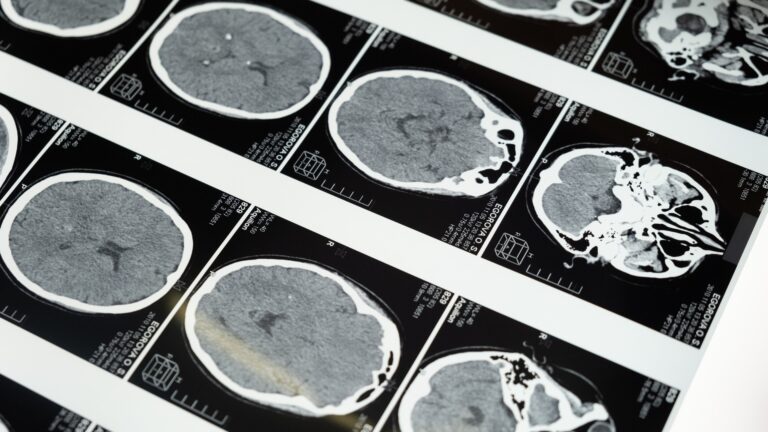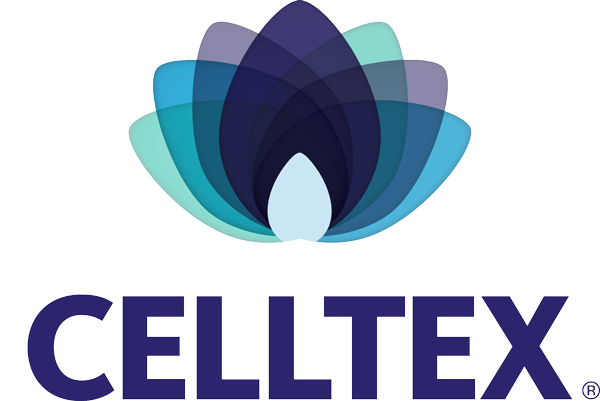Celltex News
How Mesenchymal Stem Cells Can Help With Multiple Sclerosis

During a recent webinar, we reviewed some potential ways Mesenchymal Stem Cells (MSCs) can help with multiple sclerosis (MS). As part of MS Awareness Month, we wanted to take a deeper dive into the research behind MSCs and what about them makes for such a promising new avenue for managing the symptoms of a disease like MS.
What is Multiple Sclerosis?
Before we can talk about how MSCs can help with MS, we need to understand what MS is and how it affects the body.
MS is an autoimmune disease that damages the myelin sheath covering the nerves in the central nervous system, making it progressively more difficult for the brain and body to communicate — creating problems with balance, muscle control, vision, and more.
MS occurs because the immune system mistakenly recognizes myelin sheaths as foreign objects, and it tries to remove that myelin through an inflammatory response.
The body naturally tries to repair the damage caused by the inflammatory response, but this process isn’t completely effective. Scar tissue (lesions) is formed at the attack sites, causing the affected nerves to lose function or die over time.
This is a simplified overview of how MS impacts the body, but the two problems to keep in mind are:
- Inflammation
- Lasting Scar Tissue
MSCs possess unique capabilities that help the body manage these two problems.
What are Mesenchymal Stem Cells?
Mesenchymal Stem Cells (MSCs) are a unique, naturally occurring type of stem cell that are known to have immunomodulating, and regenerative properties that could help curb the overactive immune system, limit the damage done to healthy myelin and promote regeneration of damaged myelin.
Let’s start with how MSCs can help curb the overactive immune system and suppress inflammation during MS flare-ups.
MSCs are known to possess immunomodulating properties, which means they can help inhibit the appearance and activation of the specific immune cells known to cause inflammation during MS flare-ups. This recent scientific review describes the process as “immunotolerance induction,” where an immune response against a particular antigen can be prevented.
Among these immunomodulating properties is the MSCs’ ability to travel to points of inflammation in the body and secrete factors that signal the surrounding cells to ease up on their inflammatory response — meaning MSCs can actively search for points of inflammation around myelin and help put a stop to it.
MSCs also possess regenerative factors that could help repair already damaged myelin.
MSCs secrete a collection of different growth and trophic factors that, among other things, may promote the differentiation of myelin-producing cells in the central nervous system— meaning MSCs can help regenerate myelin that was damaged during a previous MS flare-up.
So now that we’ve covered how MSCs help with the inflammation and lasting damage seen in MS, let’s talk about what MSC therapy actually looks like.
What is MSC Therapy?
The first and most important step to effective MSC therapy is what’s known as stem cell banking.
Stem cell banking is the process of extracting, multiplying, and storing your body’s own Mesenchymal Stem Cells (MSCs) for use in MSC therapy.
Some same-day stem cell treatments try to skip the banking process by extracting the stem cells, isolating them, and then re-administering them back into the body straight away — but, without the cultivation process stem cell banking enables, the potential benefit of the stem cell therapy is extremely limited.
To put it into perspective, same-day stem cell doses usually involve stem cell quantities in the thousands, while MSC therapy using Celltex-banked stem cells involves stem cells in the hundreds of millions.
Cultivating such a larger quantity of cells can take up to four weeks, so the sooner you bank your cells the better.
From there, how the stem cells are administered back into the body varies based on individual circumstances, but some of the most common approaches for MS are IV infusions, intranasal infusions, intrathecal injections, or a combination of the three.
Learn More:
You can hear more about how MSC therapy can help with MS by watching our latest webinar on-demand.
Want to see how MSC therapy has helped Celltex clients with MS? Contact us to request Celltex client-reported outcome data for MS.
Much of the information covered in this article is supported by recent scientific reviews, which you can read here and here.
About Celltex
Celltex Therapeutics Corporation is an international leader in cryopreservation, or banking, and culturing of autologous, adipose-derived Mesenchymal Stem Cells (MSCs) for therapeutic use and has remained committed to improving and maintaining clients’ quality of life. Celltex has the unique ability to do what no one else can: isolate, expand and cryopreserve your own MSCs to create your master cell bank, all from one small sample of your adipose tissue. This bank of MSCs can then be used to produce hundreds of millions of clinical-grade, genetically stable MSCs that are available for therapeutic use. To learn more about Celltex, visit www.celltexbank.com
Post Tags: adult stem cell therapy, autoimmune condition, chronic illness, MS, MS research, multiple sclerosis
More Recent News
Exploring Regenerative Medicine Beyond Stem Cell Therapy
For many, stem cell therapy is to regenerative medicine what Google is to internet searches. Yet, there are other procedures within the regenerative medicine field that may be recommended depending on the health concern being addressed.
In this article, we explore several regenerative medicine options, including platelet-rich plasma (PRP), bone marrow aspirate concentrate (BMAC), stromal vascular fraction (SVF), and exosomes.
Read MoreWhat Makes MSCs So Promising? A Deep Dive on Mesenchymal Stem Cells
Present in the body throughout one’s lifespan, adult Mesenchymal Stem Cells (MSCs) can be used in many types of regenerative medicine. This article explores how MSCs work in the body and what makes them suitable for therapeutic application.
Read More
